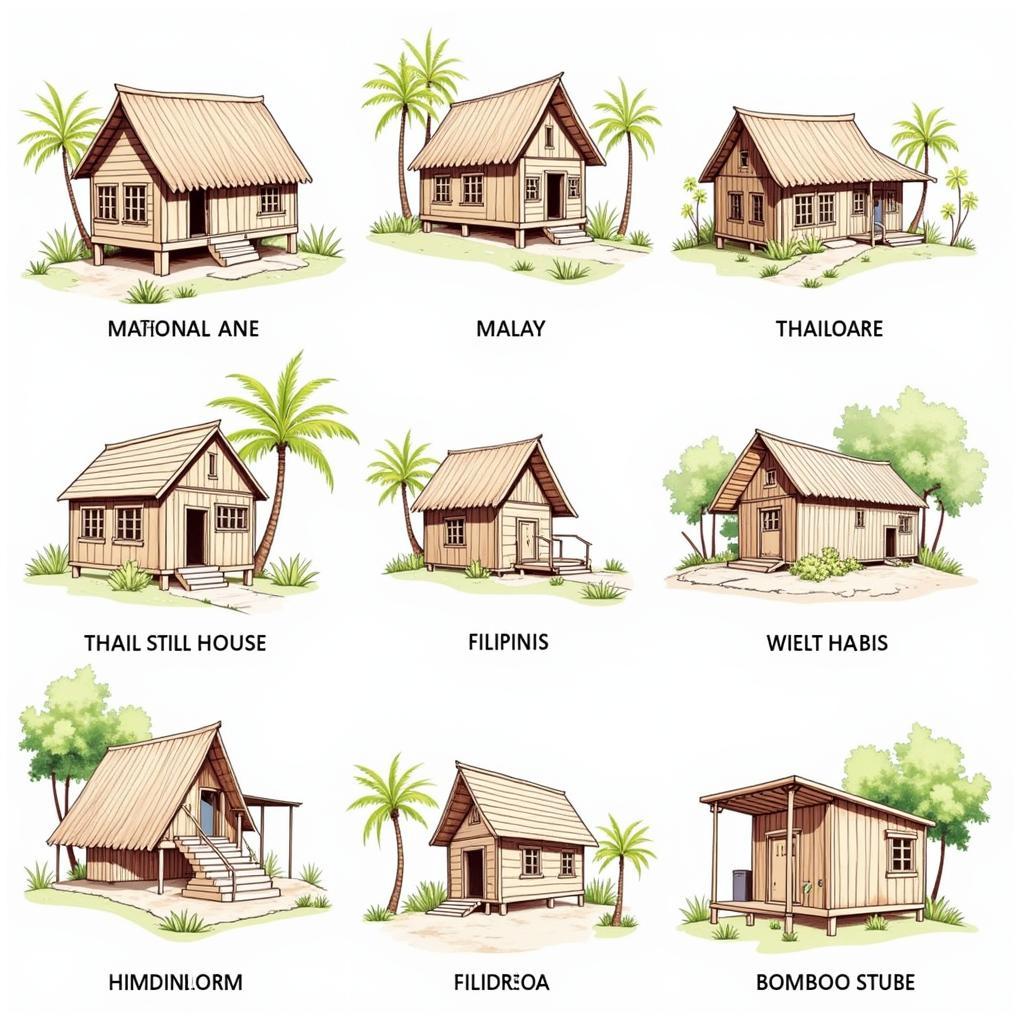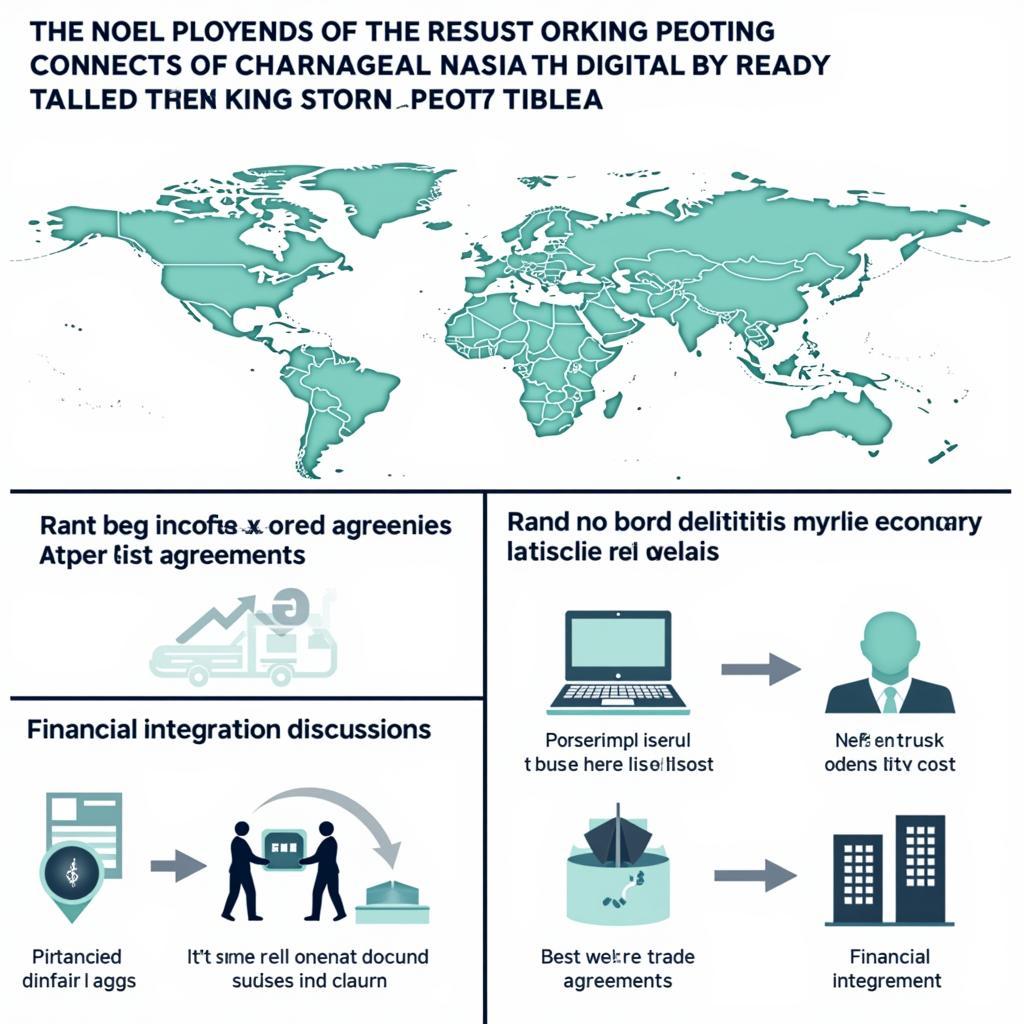The vibrant architectural landscape of Southeast Asia is constantly evolving, driven by rapid urbanization, cultural preservation, and a growing focus on sustainable design. Asean Architects play a pivotal role in this transformation, blending traditional influences with modern innovations to create iconic structures that define the region’s identity. This article explores the dynamic world of ASEAN architecture, examining the challenges and opportunities facing these talented professionals.
The ASEAN region presents a unique blend of cultural heritage and modern aspirations, influencing the design philosophy of its architects. From the ancient temples of Angkor Wat to the futuristic skyscrapers of Singapore, ASEAN architecture reflects a rich tapestry of influences. This diversity presents both opportunities and challenges for architects striving to create sustainable, culturally relevant, and aesthetically pleasing structures. You can learn more about the requirements for ASEAN architects by visiting asean architect requirements.
The Rise of Sustainable Architecture in ASEAN
Sustainability is no longer a trend but a necessity in ASEAN architecture. With the region facing increasing environmental pressures, architects are incorporating green building practices into their designs. This includes using locally sourced materials, maximizing natural light and ventilation, and implementing energy-efficient technologies. The goal is to create buildings that minimize their environmental impact while enhancing the well-being of occupants. What are the key principles driving this shift towards eco-conscious design? They are the growing awareness of climate change, the need for resource efficiency, and the desire to create healthier living environments.
Incorporating Local Materials and Traditions
ASEAN architects are increasingly drawing inspiration from local traditions and building techniques. By incorporating vernacular architecture, they can create buildings that are both aesthetically pleasing and environmentally appropriate. This approach also helps preserve cultural heritage and promotes a sense of place.
 Examples of Vernacular Architecture in ASEAN
Examples of Vernacular Architecture in ASEAN
Designing for a Tropical Climate
The tropical climate of Southeast Asia poses unique challenges for architects. High humidity, intense rainfall, and strong sunlight require careful consideration in building design. Architects are employing innovative strategies to mitigate these challenges, such as using shading devices, rainwater harvesting systems, and natural ventilation techniques.
The Impact of Urbanization on ASEAN Architecture
Rapid urbanization is transforming the urban landscape of Southeast Asia, creating both opportunities and challenges for architects. The demand for housing, commercial spaces, and public infrastructure is driving innovation in architectural design and construction techniques. However, this rapid development also raises concerns about sustainability and the preservation of cultural heritage. The ASEAN Architects Council plays a key role in addressing these concerns. Learn more about the council at asean architects council.
Balancing Tradition and Modernity
One of the key challenges facing ASEAN architects is balancing the preservation of cultural heritage with the demands of modern development. How can they create buildings that reflect the region’s unique identity while also meeting the needs of a rapidly growing population? This requires a sensitive approach that respects the past while embracing the future.
 Blending Tradition with Modern Architecture in ASEAN
Blending Tradition with Modern Architecture in ASEAN
Addressing the Housing Crisis
The rapid growth of cities in Southeast Asia has led to a housing crisis in many areas. ASEAN architects are exploring innovative solutions to address this challenge, such as designing affordable housing units and developing sustainable urban planning strategies.
“Affordable housing doesn’t mean compromising on quality or aesthetics,” says renowned Indonesian architect, Budi Santoso. “It’s about finding creative solutions that meet the needs of the community while respecting the environment.”
The Future of ASEAN Architecture
The future of ASEAN architecture is bright, driven by a new generation of talented professionals who are pushing the boundaries of design and innovation. They are embracing new technologies, exploring sustainable practices, and engaging with local communities to create buildings that are both functional and inspiring. You can find more information about past ASEAN architect events by checking out the asean architect 2018 page.
Embracing Technological Advancements
Technological advancements are playing an increasingly important role in ASEAN architecture. Building Information Modeling (BIM), 3D printing, and other digital tools are transforming the way architects design and construct buildings. These technologies allow for greater precision, efficiency, and collaboration, leading to more innovative and sustainable designs.
 Integrating Technology in ASEAN Architecture
Integrating Technology in ASEAN Architecture
Conclusion
ASEAN architects are at the forefront of shaping the region’s built environment. By embracing sustainable practices, incorporating local traditions, and addressing the challenges of urbanization, they are creating buildings that reflect the unique identity of Southeast Asia. The future of ASEAN architecture holds immense potential, driven by innovation, collaboration, and a commitment to creating a more sustainable and resilient built environment. More information regarding ASEAN architectural conferences can be found at ase architectural science conference.
FAQ
- What are the key challenges facing ASEAN architects?
- How is technology impacting architectural design in the region?
- What are some examples of sustainable architecture in ASEAN?
- How can I become a licensed architect in an ASEAN country?
- What are the qualifications needed to study architecture in ASEAN?
- What are the roles of ASEAN Architects Council?
- How are ASEAN architects preserving cultural heritage in their designs?
Need Support?
For any assistance, feel free to contact us:
Phone: 0369020373
Email: [email protected]
Address: Thon Ngoc Lien, Hiep Hoa, Bac Giang, Vietnam
We have a 24/7 customer service team ready to help.


